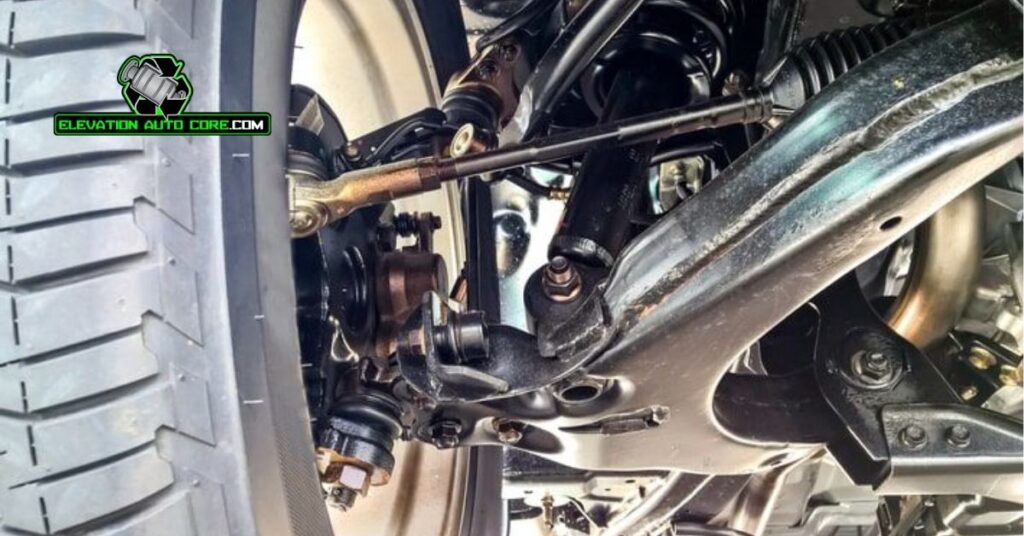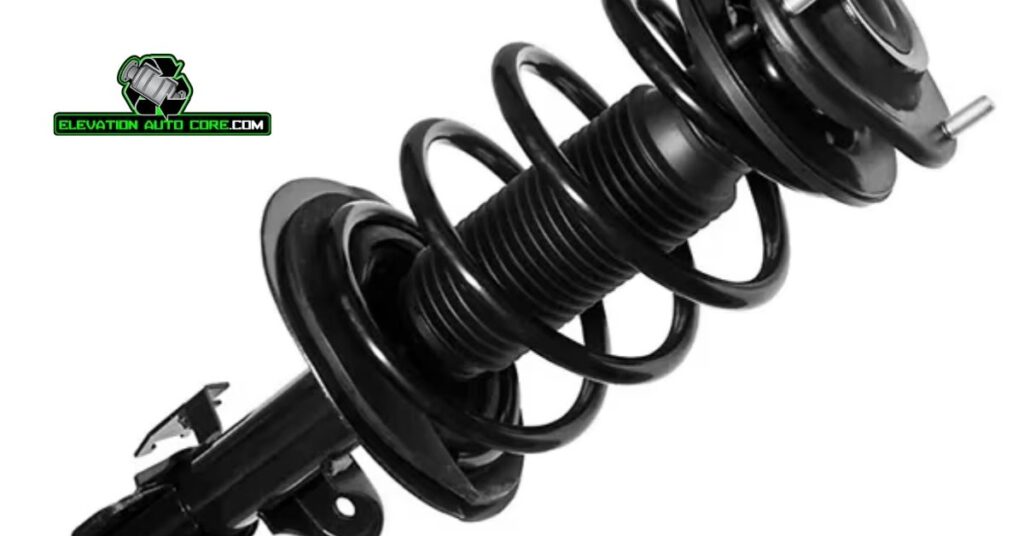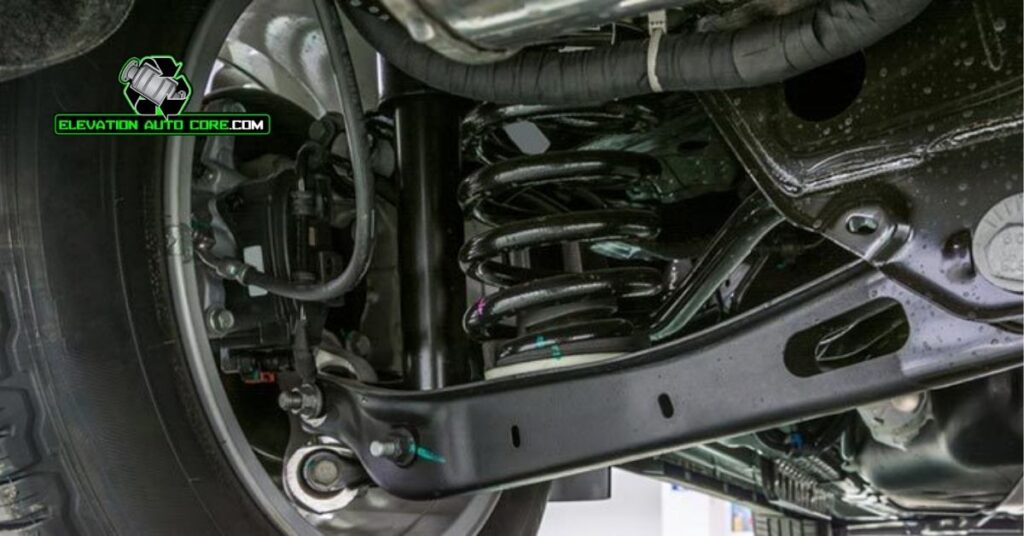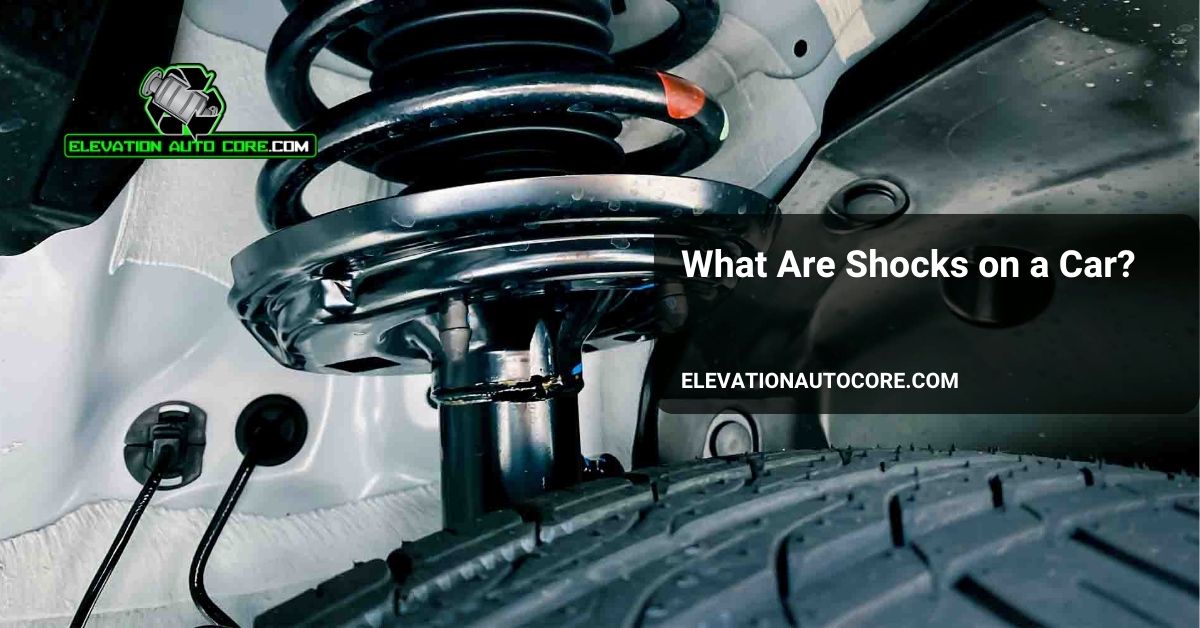What are shocks on a car, and why do they matter for your driving experience? These essential components ensure a smooth, controlled ride by absorbing impacts and stabilizing your vehicle. Without them, every bump and turn could feel like a chaotic adventure. Keep reading to discover how shocks work and why they’re crucial for your car’s performance.
What Are Shocks On A Car?
Shocks are suspension components that help your car maintain stability on uneven surfaces. They absorb vibrations and impacts from the road, ensuring a smoother ride. These components also play a key role in improving vehicle handling by minimizing excessive body movement during acceleration, braking, or cornering.
You can think of shocks as devices that convert kinetic energy from the vehicle’s motion into thermal energy, dispersing it safely. They achieve this through hydraulic fluid inside the shock absorber, which resists sudden movements. Properly functioning shocks significantly reduce wear on tires, suspension parts, and other components.
A car’s shocks contribute to passenger comfort and safety by maintaining consistent tire contact with the road. Without them, even minor bumps could destabilize the vehicle. Investing in quality shocks leads to better control, improved traction, and extended lifespan for various parts of your car.
How Shocks Work

Shocks operate as vital suspension components, enabling smoother rides by absorbing kinetic energy and dampening vibrations. They enhance vehicle performance by maintaining consistent tire contact, ensuring control and safety.
Components Of Shocks
Every shock absorber includes a piston, cylinder, hydraulic fluid, and seals. The piston moves within the cylinder, which is filled with hydraulic fluid. A series of valves within the piston and base plate control fluid flow, regulating resistance. Durable seals prevent leakage, ensuring the system remains pressurized.
Coil springs or struts often complement shocks by managing vertical energy. Combined, these components work to stabilize your vehicle as it navigates uneven surfaces.
Functionality Explained
Shocks manage vehicle motion by converting kinetic energy into heat. Hydraulic fluid slows the piston’s movement, dissipating energy from impacts like potholes or sharp turns. Valves control how fast fluid moves, adapting to various driving conditions.
On uneven roads, shocks absorb vibrations and reduce oscillations to maintain stability. They minimize excessive body movements during braking, acceleration, or cornering. By keeping tires firmly connected to the ground, shocks support traction and handling, leading to better safety and reduced wear on suspension components.
Types Of Shocks

Shocks come in several designs, each customized to exact driving conditions and vehicle requirements. Understanding the differences helps you choose the right one for your needs.
Hydraulic Shocks
Hydraulic shocks use a piston and hydraulic fluid to absorb impacts. As the piston moves, it forces fluid through small valves, creating resistance that dampens vibrations. These shocks are common on most vehicles, delivering consistent performance for everyday driving. They perform well in moderate conditions but can overheat under intense use, reducing their effectiveness temporarily.
Gas Charged Shocks
Gas charged shocks combine hydraulic fluid and pressurized nitrogen gas. The gas reduces aeration and foaming inside the shock, ensuring more consistent damping. This feature enhances handling and stability, especially during high-speed driving or rugged terrain. They excel in absorbing rapid suspension movements, which makes them suitable for sportier or off-road applications.
Coilover Shocks
Coilover shocks consist of a shock absorber wrapped inside a coil spring. They provide adjustable ride height and damping control, which allows for better customization based on your driving style. These shocks are favored in performance and racing vehicles due to their ability to improve handling and tuning flexibility. While more expensive, their adaptability makes them a top choice for enthusiasts.
Importance Of Shocks

Shocks are essential to maintaining your car’s performance and safety. They ensure optimal handling, reduce excessive vibrations, and enhance passenger comfort.
Ride Comfort
Maintaining ride comfort depends significantly on your car’s shocks. These suspension components absorb impacts and vibrations from uneven road surfaces like potholes or bumps. Without functioning shocks, you experience a rough ride even on smooth roads. Effective shock absorbers help regulate body movement, ensuring passengers feel less of the road’s imperfections. Investing in quality shocks contributes to a smoother and more pleasant driving experience.
Vehicle Stability
Shocks improve vehicle stability by controlling body roll, pitch, and sway during driving. They minimize excessive movement when cornering, accelerating, or braking. Stability on turns, especially at higher speeds, depends on well-maintained shocks. Improved stability ensures consistent tire contact with the road, reducing the risk of losing control. Poor shocks lead to longer stopping distances and unpredictable handling.
Prolonging Tire Life
Shocks play a key role in extending tire life. They distribute pressure evenly across tires, preventing uneven wear caused by excessive bouncing. Impacts from road irregularities, managed by shocks, reduce strain on your tires over time. Uneven tire wear not only shortens tire lifespan but also affects traction and fuel efficiency. Replacing worn shocks protects your tires, lowering long-term maintenance costs.
Signs Of Worn-Out Shocks

Recognizing worn-out shocks is essential to maintaining your car’s performance and safety. Faulty shocks often lead to noticeable changes in driving comfort and handling.
Uneven Tire Wear
Your tires may wear unevenly when shocks fail to keep them in constant contact with the road. This creates inconsistent pressure distribution across the tire surface. For example, you might notice bald spots or rapid wear on exact sections of your tires. Such wear patterns not only shorten tire lifespan but can also affect vehicle stability and traction on wet or slippery roads.
Bumpy Ride
Driving becomes rougher if shocks lose their ability to absorb impacts. Every bump, pothole, or uneven surface feels exaggerated inside the cabin. A properly functioning suspension smooths out these disturbances, but persistent bouncing or jarring sensations indicate shock absorber failure. This discomfort can escalate over time, making daily commutes or long drives more challenging.
Longer Braking Distance
Faulty shocks compromise braking performance, especially during sudden stops. By failing to stabilize the vehicle, worn shocks increase the forward momentum when brakes are applied. This leads to longer braking distances, lowering overall safety levels during emergencies. If the car dips heavily toward the front while braking, the shocks are likely no longer effective in controlling motion.
Replacing Shocks: What To Know
Replacing shocks is essential for maintaining your car’s performance and safety. Pay attention to manufacturer recommendations, as most shocks need replacement every 50,000 to 100,000 miles depending on driving conditions. If you often drive on uneven roads or in harsh environments, shocks may wear out faster.
Worn shocks can cause uneven tire wear, brake instability, and poor handling. Inspect your shocks regularly for signs of damage, such as leaks, dents, or excessive rust. Look for visible oil around the shock body, as it indicates leaking hydraulic fluid and impaired performance.
Choose the right replacement shocks based on your driving needs. For everyday driving, standard hydraulic shocks offer consistent performance. Gas charged shocks improve handling under demanding conditions like high-speed driving or rugged terrains. Opt for coilover shocks when customization, such as ride height adjustments, is necessary for performance vehicles.
Professional installation is recommended for shock replacement. Mechanics ensure proper alignment and secure fitting, preventing further suspension issues. Incorrect installation can lead to noise, reduced stability, and premature wear. Prioritize quality parts and expert service to extend the lifespan of other suspension components.
After replacing shocks, monitor your vehicle’s performance during braking, cornering, and driving over uneven surfaces. Reduced vibrations and smoother handling confirm effective shock replacement.
Conclusion
Understanding the role of shocks on your car is essential for maintaining a smooth, safe, and efficient driving experience. These components do more than just absorb impacts—they enhance handling, improve stability, and protect other parts of your vehicle from excessive wear.
By recognizing the signs of worn-out shocks and replacing them as needed, you ensure better control and safety on the road. Investing in quality shocks customized to your driving needs keeps your vehicle performing at its best while providing a more comfortable ride for you and your passengers.

